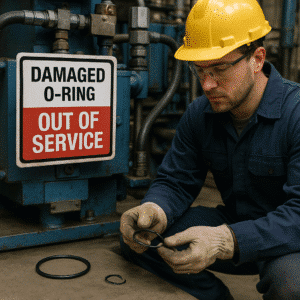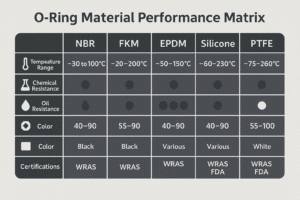Sealing systems in food and beverage equipment must meet strict hygiene, safety, and durability standards. Using the wrong O-ring material can lead to contamination, rapid wear, or regulatory compliance issues.
In 2025, selecting the right O-ring material for food-grade applications is critical—not just for performance but also for meeting FDA, EU, and other international standards.
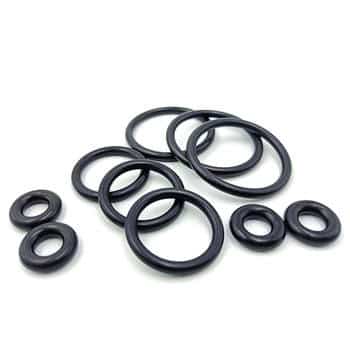
This guide will help you choose the best O-ring materials for food and beverage equipment.
What are the key requirements for food-grade O-rings?
Food and beverage applications demand O-rings with:
- Non-toxic, FDA-approved materials
- Resistance to water, steam, and cleaning agents
- No migration of substances into food or beverages
- Good flexibility and sealing at varying temperatures
- Smooth, non-porous surfaces to prevent bacterial growth
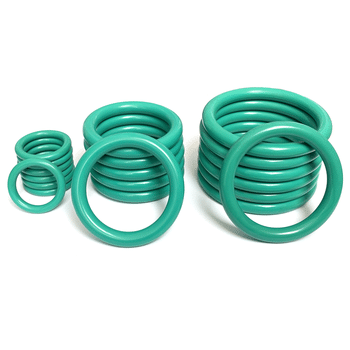
For general applications, we recommend our Anéis de vedação de silicone, known for their flexibility, non-toxicity, and FDA compliance.
Which O-ring materials are best for food and beverage equipment?
| Material | Faixa de temperatura | Principais características | Melhores Aplicações |
|---|---|---|---|
| Silicone (VMQ) | -60°C a 200°C | FDA-approved, flexible, non-toxic | Water systems, soft drink lines |
| EPDM | -50°C a 150°C | Excellent steam & chemical resistance | Dairy, steam cleaners, CIP systems |
| FKM | -20°C a 200°C | High chemical resistance | Oils, acidic beverages, flavoring agents |
| PTFE | -60°C to 260°C | Non-stick, inert, extreme chemicals | Brewery, aggressive cleaning chemicals |
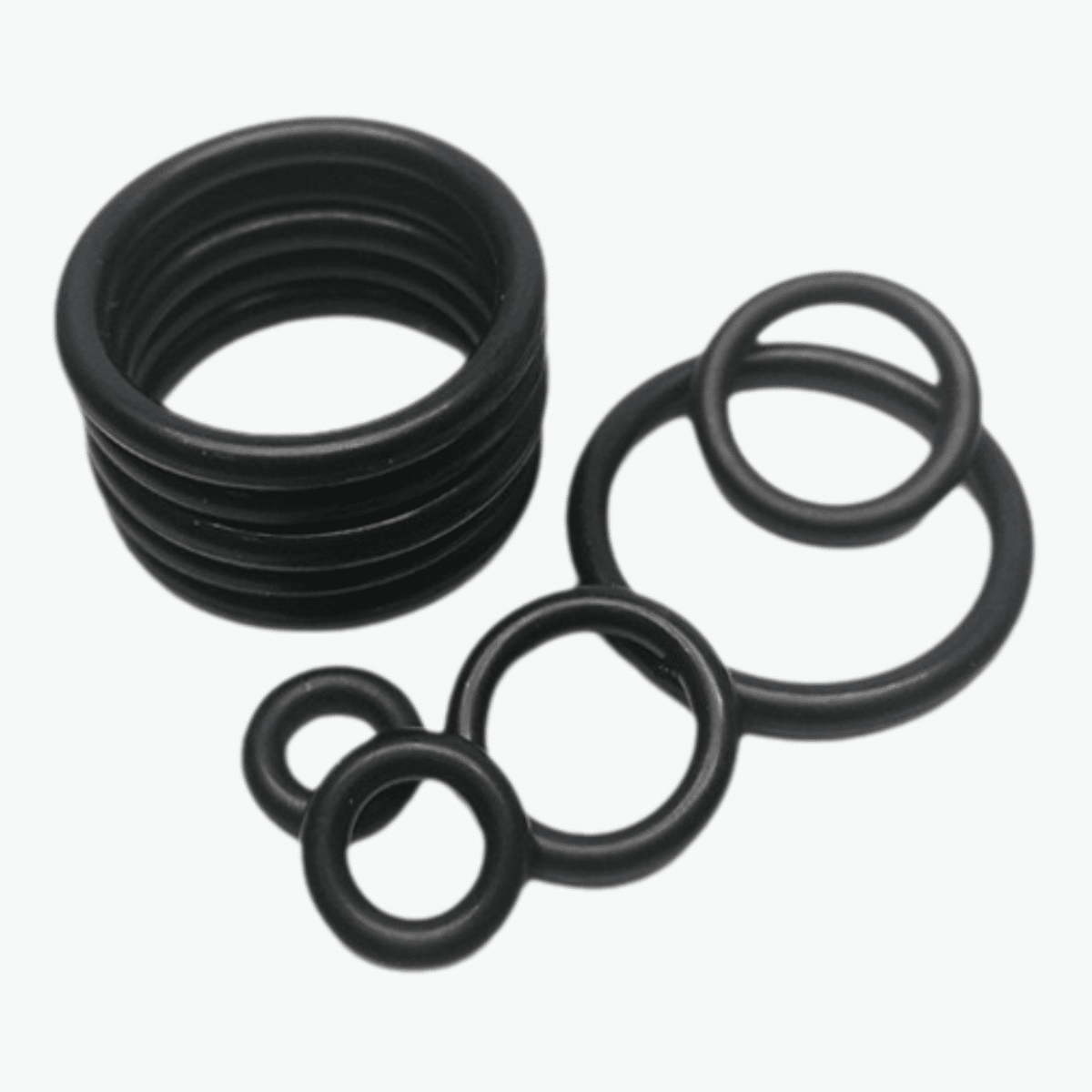
For applications involving hot water or steam, Anéis de vedação EPDM are a better choice than silicone.
How do you ensure O-rings meet FDA and EU standards?
At Hengoseal, we ensure compliance by:
- Sourcing materials certified to FDA 21 CFR 177.2600 and EU 1935/2004
- Providing material certificates and test reports upon request
- Maintaining batch traceability for every order
- Offering custom logo packaging with compliance markings
For high-temperature chemical applications, consider Anéis de vedação FKM with FDA-grade formulations.
Can I get custom O-rings for food & beverage equipment?
Yes. We support:
- Custom sizes based on your equipment drawings
- Material recommendations based on fluids and cleaning agents
- Low MOQ for trial orders or maintenance stock
- Private-label packaging for distributors
If you’re building kits, explore our O-Ring Assortment Kits for flexible, mixed-size supply.
How to avoid common sealing failures in food applications?
- Use the correct material for the fluid type (water, oil, chemicals)
- Avoid over-compressing O-rings—follow groove tolerance standards
- Replace O-rings after each maintenance cycle to prevent contamination
- Choose smooth, defect-free surface finishes
Conclusão
Selecting the right O-ring material for food and beverage equipment protects your product quality, extends equipment lifespan, and ensures compliance. Silicone, EPDM, FKM, and PTFE each have their place—choose based on your specific application.
Get FDA-grade O-Rings with low MOQ from our factory
📩 Mail:[email protected]
📞 WhatsApp:+86 17622979498
Related topic
- Silicone O-Rings for Food Applications
- EPDM O-Rings: Steam & Water Sealing
- FKM vs NBR: Which One for Food Oils?
- O-Ring Assortment Kits for Maintenance

